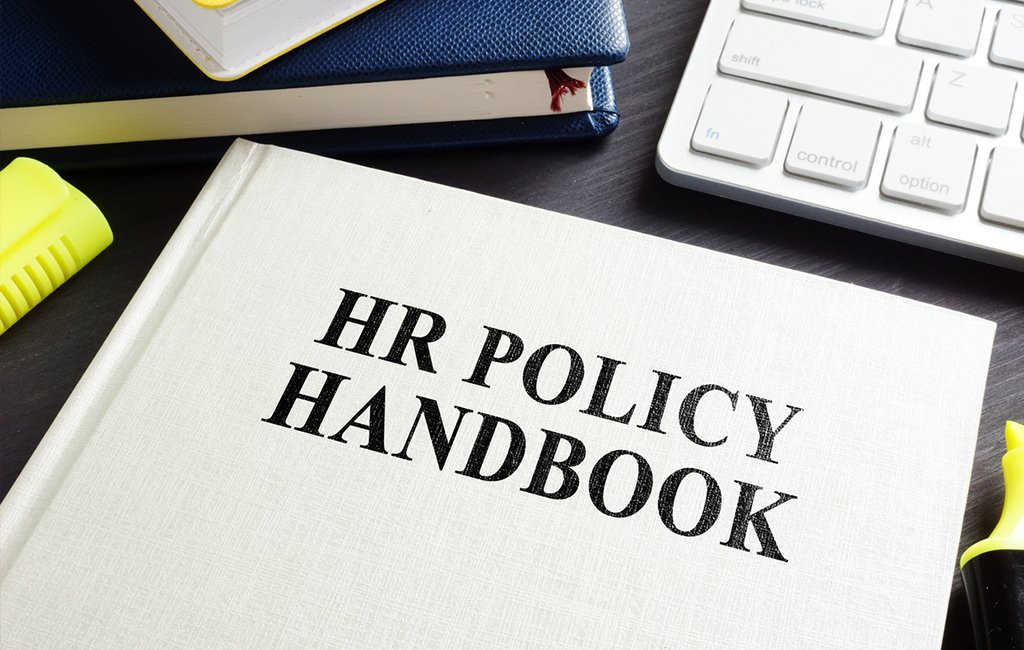Employee disputes in New York City are nothing new—but lately, they’ve become more complicated and, frankly, higher stakes. Between union organizing battles, wrongful termination claims, and allegations of discrimination, both employers and employees are finding themselves in the middle of legal fights that can drag on for months and cost millions.
One of the biggest flashpoints this year? Amazon’s lawsuit against New York State over a controversial new labor law, Senate Bill S.8034A. Depending on how the courts rule, the way workplace disputes are handled in New York could look very different moving forward.
At the heart of the case is a deceptively simple question: who should handle private-sector workplace disputes—federal regulators, or the state? The answer could reshape the balance of power between workers, employers, and unions across New York.
What Is Senate Bill S.8034A?
In early September 2025, Governor Kathy Hochul signed a law that expands the authority of New York’s Public Employment Relations Board (PERB). Traditionally, PERB has dealt with disputes in the public sector—teachers, transit workers, and the like. But this new law gives PERB the power to step into private-sector disputes when the federal National Labor Relations Board (NLRB) doesn’t take action.
In practical terms, here’s what the law does:
- Lets PERB review unfair labor practice claims, union elections, and collective bargaining complaints.
- Creates a state-level alternative for employees who feel the NLRB has left them hanging.
- Speeds up the resolution process, at least in theory.
For workers, that sounds like a win: more avenue for complaints and potentially faster timelines. For employers, however, the picture is less rosy. They could find themselves fighting the same battle in two different arenas—one federal, one state—with the risk of conflicting decisions.
The Legal Controversy and Constitutional Challenge:
Not surprisingly, Amazon didn’t take this new law lying down. In September 2025, the company filed suit in federal court, claiming that New York’s law violates the Supremacy Clause of the U.S. Constitution. Their argument is straightforward:
- Under the National Labor Relations Act (NLRA), only the NLRB has authority over private-sector labor disputes.
- Allowing a state board to step in undermines the uniformity of federal labor law.
- Companies could face “double regulation”—two agencies, two processes, and potentially two conflicting outcomes.
The conflict isn’t just abstract. It came to a head after the termination of Brima Sylla, a union vice president at Amazon’s Staten Island warehouse. Complaints about his firing landed on the desks of both the NLRB and PERB. That overlap is exactly what Amazon says creates an untenable legal mess for employers.
For businesses, this could mean double the investigations, double the legal costs, and a lot more uncertainty.
Discrimination and Wrongful Termination: Still a Top Risk
Of course, labor disputes aren’t just about unions. Discrimination and wrongful termination continue to be among the most common—and costly—employee claims in New York.
Consider the recent case of Anisha Mehta, a former associate at DLA Piper. She alleges she was wrongfully terminated while six months pregnant. The firm argued performance issues were to blame, but a federal judge in September 2025 found inconsistencies in that explanation and allowed parts of her case to proceed under the New York State Human Rights Law (NYSHRL), the New York City Human Rights Law (NYCHRL), and federal law.
The takeaway for employers? Pregnancy and gender discrimination claims remain especially risky, and courts are increasingly skeptical of vague or shifting explanations for termination decisions.
Why This All Matters
For workers and unions, New York’s new law feels like a much-needed safety net. Too often, when the NLRB doesn’t act, employees are left in limbo. By giving PERB the authority to step in, the state is trying to make sure disputes over union recognition, bargaining, or retaliation don’t get buried in bureaucracy.
But the stakes are high:
- If Amazon wins, workers will remain fully dependent on the federal system, with all its delays and backlog.
- If New York prevails, employees gain another forum to press their claims—giving unions more leverage at the bargaining table.
This isn’t uncharted territory. In Guss v. Utah Labor Relations Board, 353 U.S. 1 (1957), the U.S. Supreme Court held that states couldn’t step in when the NLRB declined jurisdiction—leaving workers effectively stuck. That case still looms large, and courts will likely revisit its reasoning as they weigh Amazon’s challenge.
A Lawyer’s Perspective
From the standpoint of a labor and employment attorney, this lawsuit raises some practical compliance issues that employers can’t afford to ignore. Businesses may soon have to prepare for:
- Defending cases in both state and federal forums.
- Responding to faster-moving state-level investigations.
- Developing litigation strategies that work in a dual-jurisdiction world.
In short, the rules of the game may be shifting. The smartest move employers can make right now is to review their workplace policies, train managers, and consult with experienced counsel before disputes escalate.
Conclusion
Amazon’s lawsuit against New York’s new labor law isn’t just another headline—it’s a potential turning point for private-sector labor law in 2025.
For employees, the law could mean faster resolutions and stronger protections.
For employers, it introduces new risks, higher compliance costs, and more uncertainty.
No matter how the court rules, one thing is clear: the way workplace disputes are handled in New York is changing. Employers should get ahead of the curve now, and employees should stay informed about the rights and options available to them.
Don’t get caught off guard by New York’s evolving labor laws. Contact us today for a free consultation to review your workplace policies, assess your compliance risks, or understand your rights under the new dual-jurisdiction framework. Whether you’re facing a PERB investigation, NLRB complaint, or employment dispute, having experienced labor counsel can mean the difference between a manageable issue and a costly legal crisis.
Please subscribe to this blog to receive email alerts when new posts go up.


